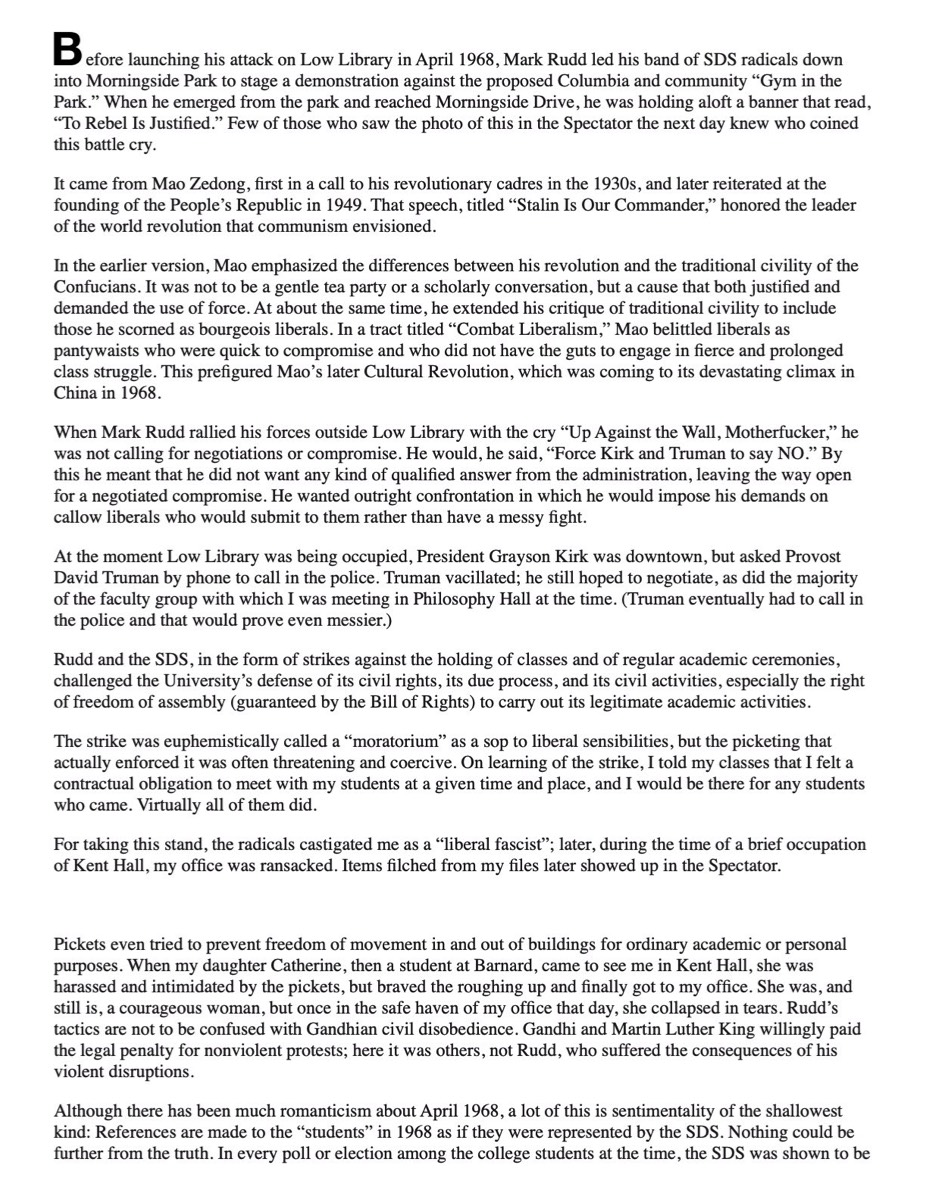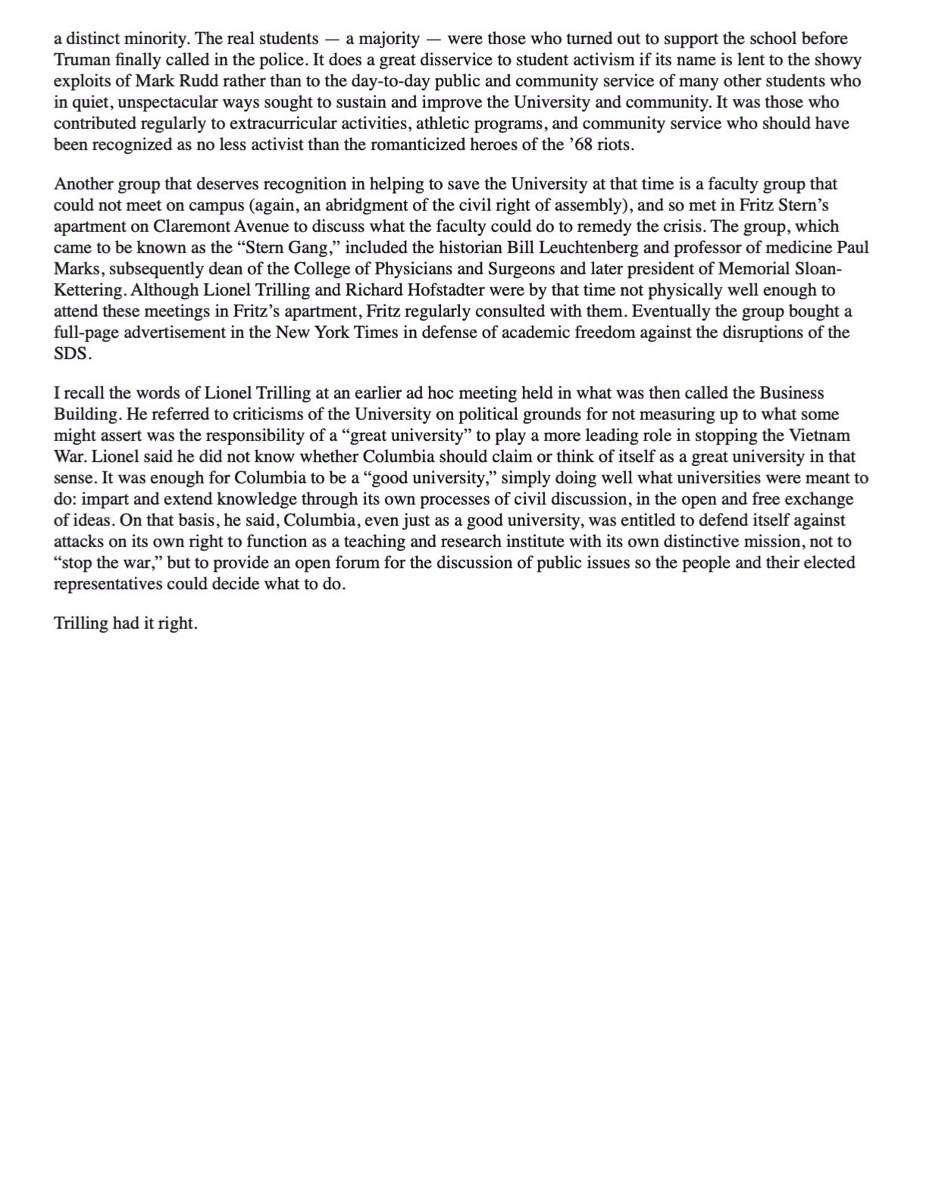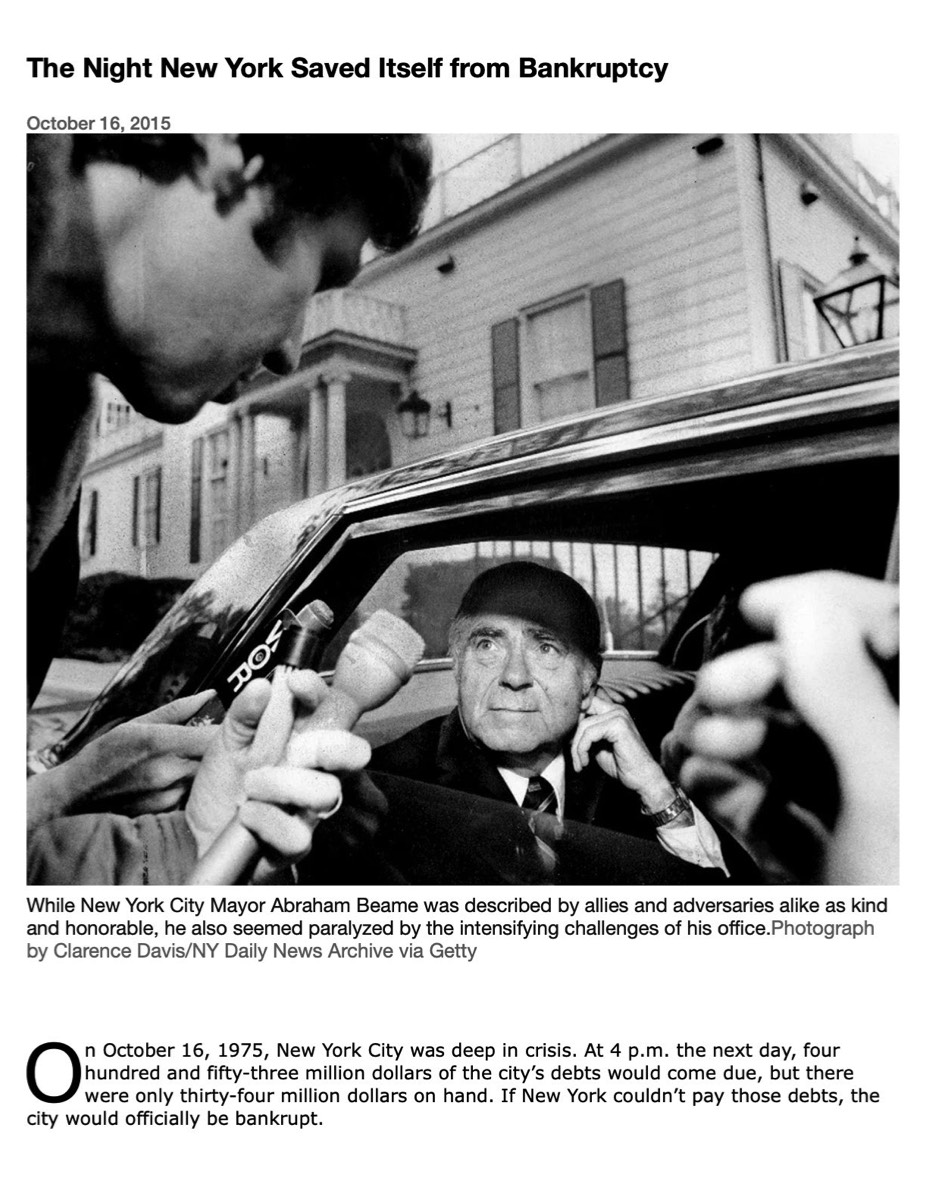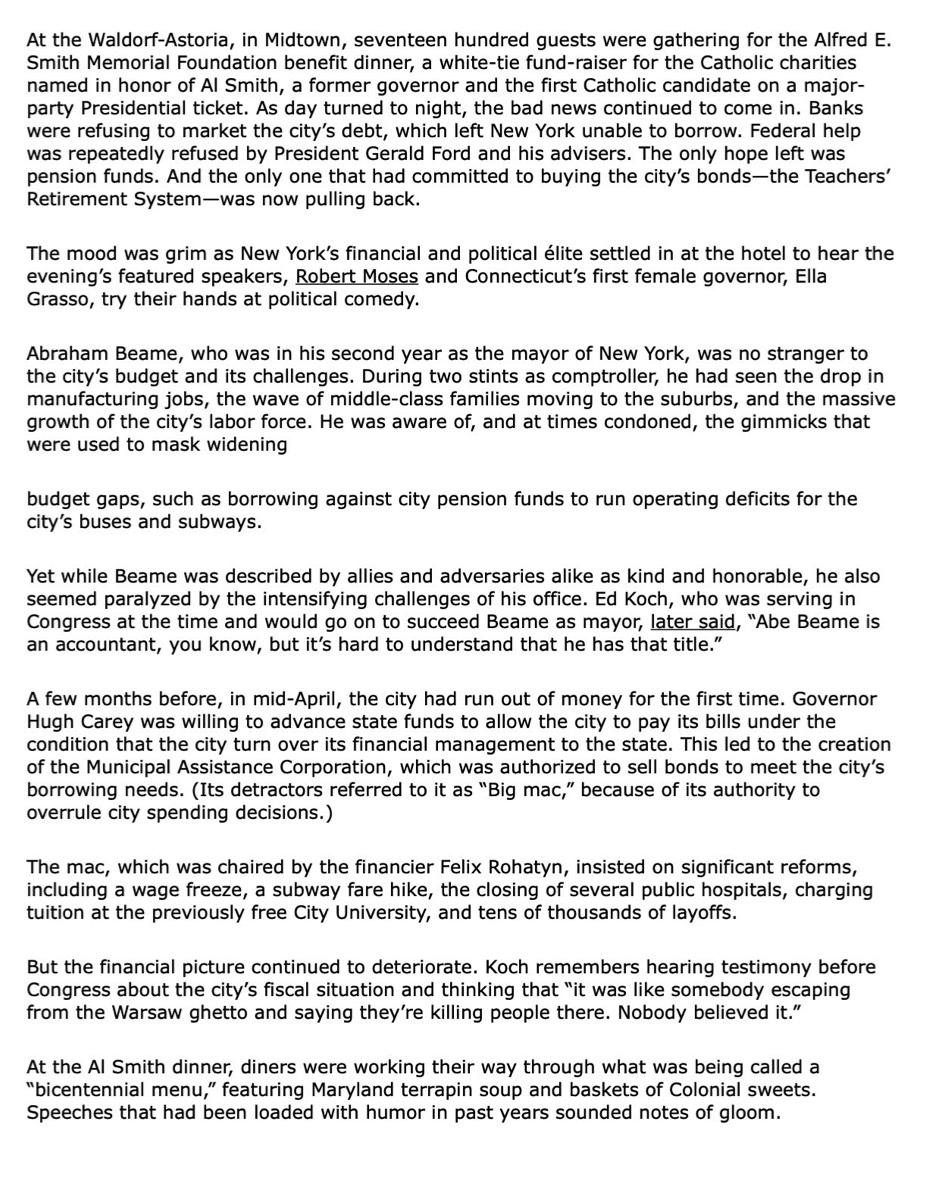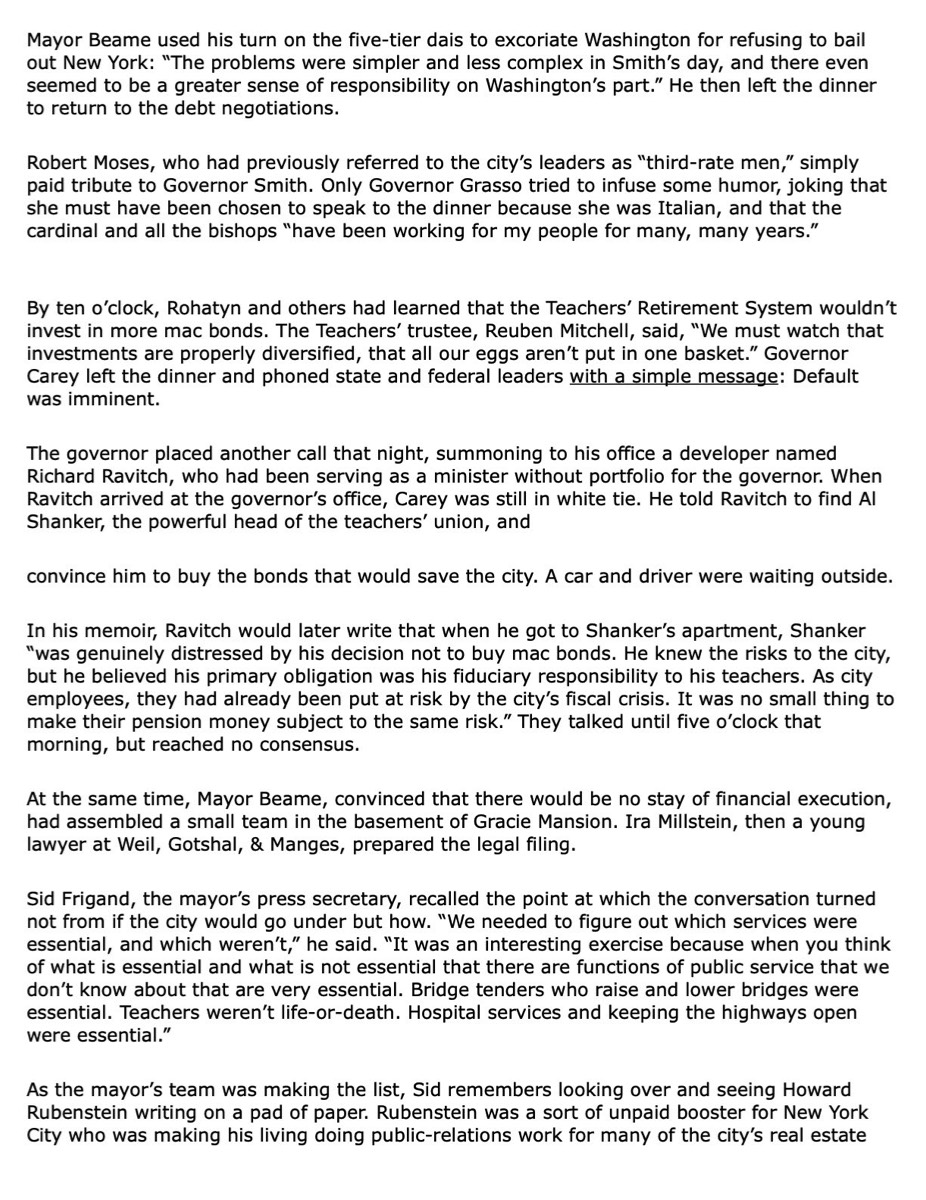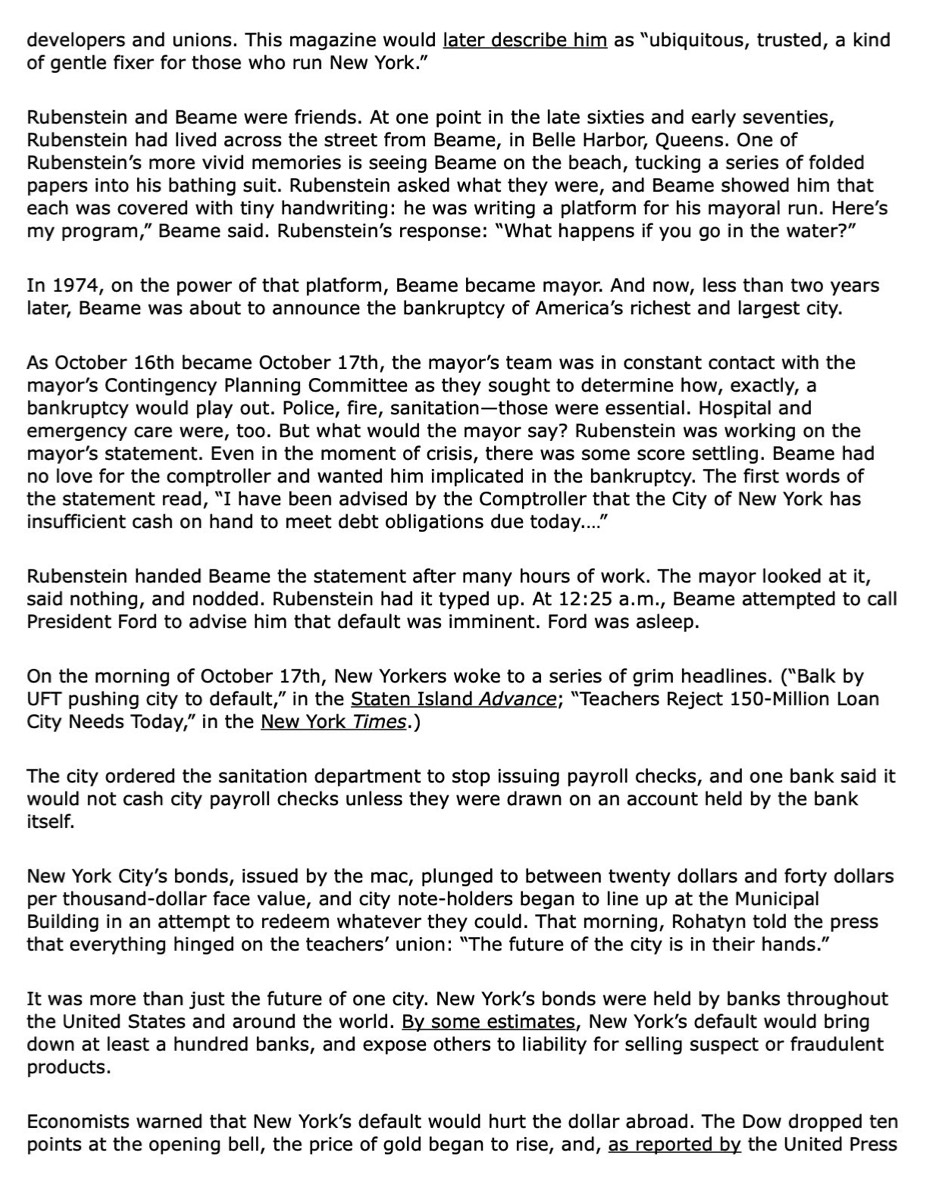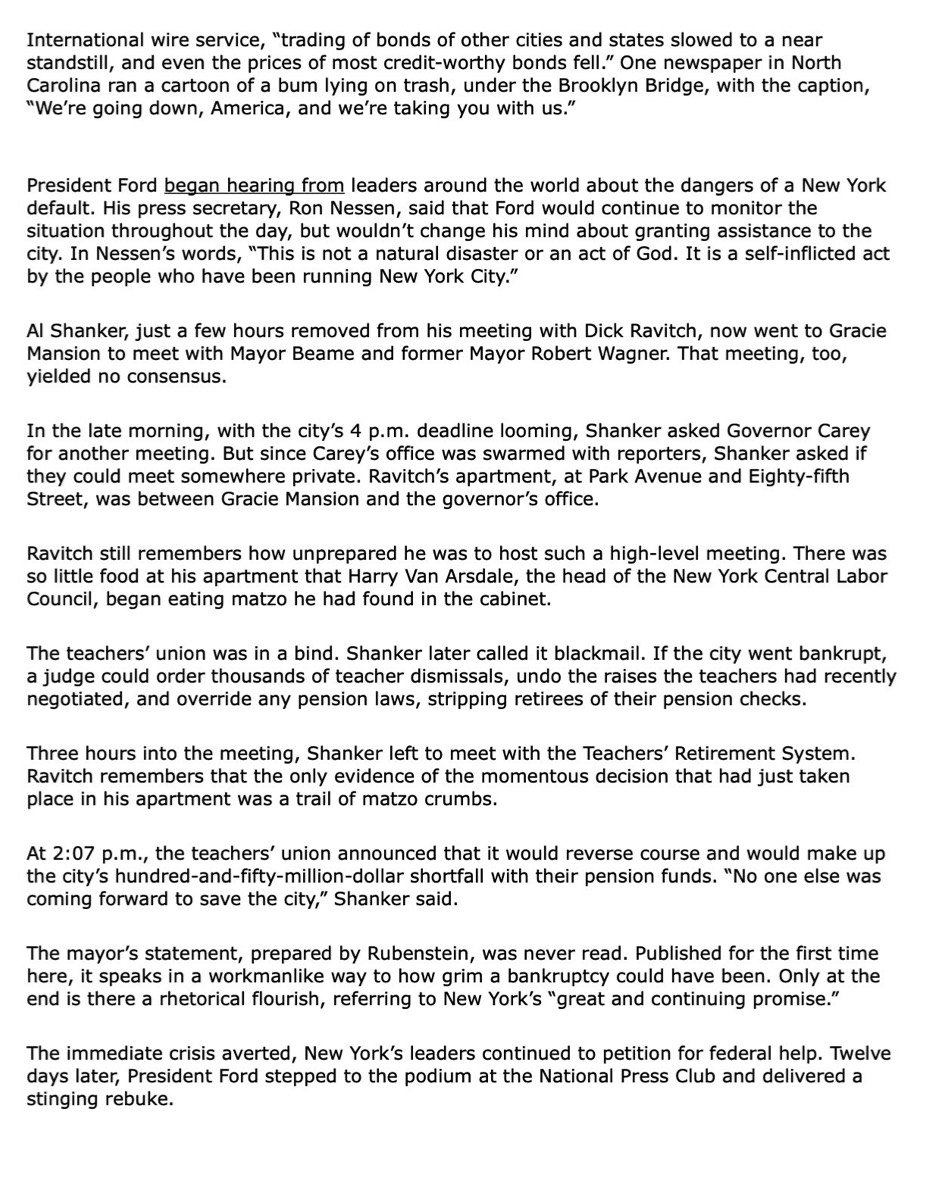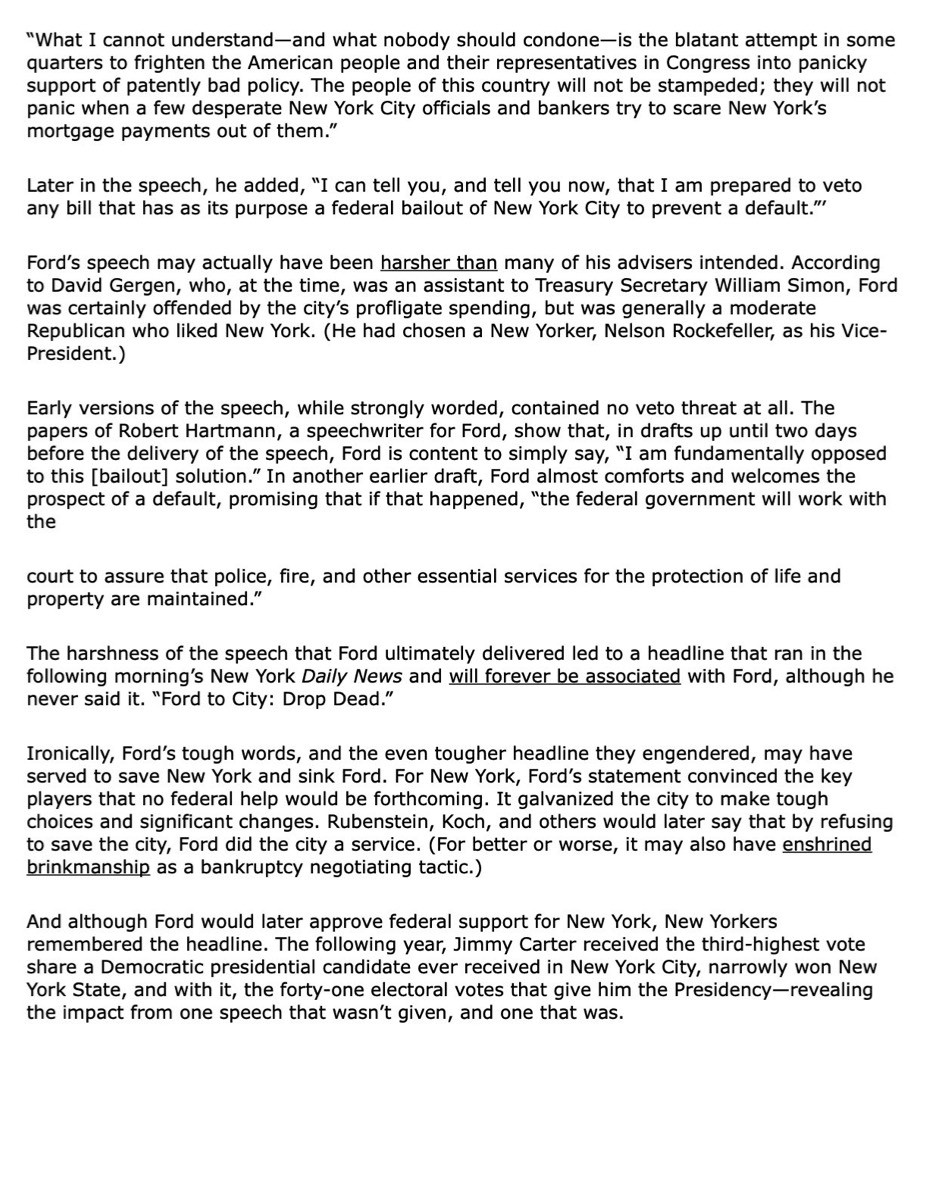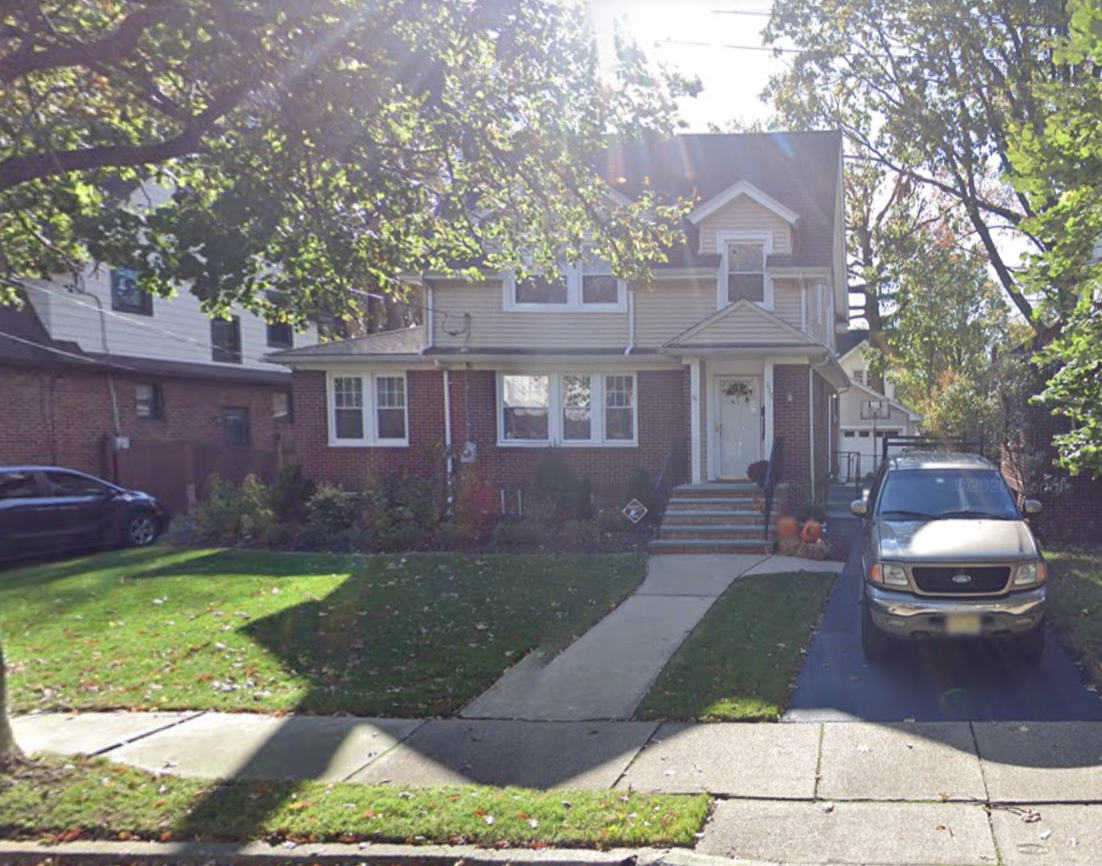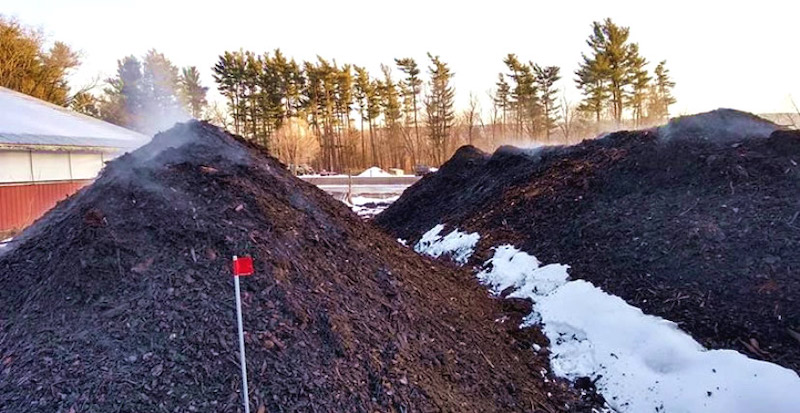-
College Coaching
Columbia University - Moving Up The Ladder
After spending three wonderful years at Metuchen, working with my college roommate, John Novak, I decided that I wanted to take a shot at coaching on the college level. I had an offer from John Moon, who had been the former Rahway coach, who took over the head job at Seton Hall, to come on board as the distance coach at Seton Hall. The job was part time and no other add ons were offered, making it a bit difficult to consider that job. Columbia, on the other hand had an opening as an assistant coach, being a full time position, with the pay just a bit less than what I was making at Metuchen. The head coach at Columbia, Irv Kintisch, was a full time administrator at DeWitt Clinton high school in the Bronx. He was a field coach for the most part, so that position fit a lot better.
Columbia was coming off some struggles from the Mark Rudd SDS protests, with the media describing Columbia as the "Berkeley of the East". Dick Mason, a fine gentleman and former head coach at Columbia, had departed as the team's participation declined in numbers and talent. While I was at Rutgers, we competed against Columbia in 1968, winning a lopsided meet, with only two real competitors for Columbia, with the rest of the team unable to compete.
Here is a view of that time period from wikipedia. It includes the shooting of Dean of Students, Henry Coleman, that occurred two weeks after I accepted the position at Columbia. The first paragraph talks about Coleman's interaction with the SDS on campus in 1968.
"Though he was not in his office when the takeover was initiated, he made his way into the building past protesters, went into his office and stated that "I have no control over the demands you are making, but I have no intention of meeting any demand under a situation such as this." He was detained in his office as furniture was placed to keep him from leaving. He had been provided with food while being held and was able to leave 24 hours later, with The New York Times describing his departure from the siege as "showing no sign that he had been unsettled by the experience". The initial wave of protests ended a week later when Mayor of New York John Lindsay sent in 1,000 officers from the New York City Police Department to clear out the buildings.[1]
On July 25, 1972, Coleman was hit by several bullets fired by Eldridge McKinney, a student who had been asked to withdraw from school due to poor grades and who was described as "livid" when he entered the Columbia administration building and advanced to Dean Coleman's office. Coleman was taken to St. Luke's Hospital.[3] Shortly after the shooting, Columbia University administration members stated that new security measures would be implemented in the wake of the shooting, but that the goal would be to maintain a relaxed atmosphere on campus.[4] When classes resumed in September, Coleman was back at his desk with his right arm still in a cast, after having been in the hospital for ten days for a lung punctured by a bullet and then spending two weeks recuperating at home before he returned to his duties on a part-time schedule.[5]"
If you look at my 13 year run at Columbia, in particular the Heptagonal Championships, we did little to compete well, other than win the Heptagonal XC Championships in 1979 at Lehigh University's 10K course. Van Cortlandt Park had deteriorated to badly, due to neglect, that all meets were moved out of the park that year.
The struggles were real all those years, as admissions to Columbia was next to impossible for student-athletes of high caliber status. Add to this the turmoil that existed in New York City, including the city almost going bankrupt and recruiting quality athletes was extremely hard. The team was built on very dedicated and hard working students, many of them walk-ons, who loved track and brought respect to the program, while still unable to compete with the other Hep teams. The lack of an indoor and decent outdoor facility added to the difficulties. Considering all of that, I give kudos to those who came to Columbia and did their best in the classroom and on the track.
Columbia had three All-America competitors, Desi Foynes (1000 yd run-3rd in the NCAA, Charles Allen (high jump - 2nd in the indoor NCAA) and Paul Heck (XC). The team of Paul Lammert, John Egan, Des Foynes and Ray Fitgibbon also set a school record of 16:32 for the 4xmile at the Penn Relays, placing 8th, while the mile record at that time was 4:08, slower than all of the times on that record setting team. Larry Hanson also set a school record at the Penn Relays with his 6 mile 8th place finish. Des Foynes had a terrific career, topping out with a 4:01 mile run, in winning the Metropolitan mile run at Rutgers in 1975.
My time at Columbia was both a joy and a struggle in trying to build a team with limited resources and little support from admissions. Changes didn't take place until Willy Wood became the head coach many years later and Columbia finally provided the needed support to bring in high caliber student/athletes. Wood did an outstanding job of recruiting and developing some very impressive distance runners before handing over the reigns to Dan Ireland, who has continued making Columbia a strong competitor in the Ivy League.
Looking back to when I took the job at Columbia, I find myself thinking, "What the hell was I thinking?". Despite only living about 30 minutes from Columbia across the Hudson in middle class Metuchen, NJ, I was unaware of what had taken place and what was still going on at Columbia. The Athletic Director in 1972 was Ken Germann, who I knew from my Rutgers days. He was extremely nice during our interview, but let little out of the bag as to the struggles going on for the Light Blue. Athletics were struggling, with football leading the way. Jack Rohan, the former head basketball coach, had moved on to being the chair of the Physical Education department as his teams started to decline in talent and wins. The track team didn't have much to offer and I found out my office was in the basement of Dodge Hall, the old gym area close to 120th Street. The only saving grace was that Jack was also in an adjoining office, so I had company. The rest of the Athletic Department was located across campus in John Jay, across from Hamilton Hall. It wasn't until the new Dodge Physical Education building was completed that all the sports and administration were housed in the same location. Considering I had an offer to go with my former Assistant Principal, to his new school, where he was going to be the Principal, I may have had a completely different life.
Stories from my years at Columbia University


Mark Rudd, the SDS and New York City almost going bankrupt in 1975, made it a tough start for my college coaching career. I came to Columbia to build up, not tear down.
Pete Schuder
-
Columbia All-Americans
Columbia is a unique institution of higher learning. Not only was it part of the Ivy League, but it was located in one of the most famous cities in the world (New York City).
I came to Columbia in 1972, after 3 wonderful years at Metuchen, NJ where I taught 5th and 6th grade and coached track and field with my college roommate, John Novak.
Columbia had been through some tough times, including being called the Berkeley of the East as Mark Rudd and the Weathermen group had some huge demonstrations on the Columbia campus from 1968 until about 1970.
A week after I accepted the job as Assistant Coach to Irving Kinitisch, the Dean of Students was shot by a disgruntled grad student. Dean Henry Coleman survived and I also survived, eventually becoming the Head Coach of Track and Field and spending 12 years with the Lions.
Columbia's track and field program had a remarkable history with some outstanding individuals and team accomplishments, but that dried up by the time the 60's came along.
More turmoil came along when Columbia wanted to build a new athletic complex in Morningside Park. By the time I arrived on campus, we had an old cinder track up at Baker Field, 30 minutes by car off campus or a long subway ride and a 11 lap to the mile wooden banked track from the old Madison Square Garden, that was housed under an airdrome.
It took some time to assemble a competitive group of athletes and Des Foynes, Paul Heck and Charles Allen were key figures in Columbia "New Wave" of competitors. -
Hep Champs • 1979
1979 proved to be a pivotal year for the Lions of Columbia, as a young group of individuals from around the world came together to garner the first ever Heptagonal/Ivy Cross Country Championship for Columbia in the 33 year history of the league.
At the conclusion of the 1979 outdoor season, we had a team meeting with the distance runners and I offered a two year plan of building up the group where they could be competitive within the Heps and on the east coast. We had a fairly young group, but also had some seasoned seniors who were quite hungry to win some meets and compete for the Hep title.
Charles Miers, whose family came from England, Paul Loomie from Long Island, Wally Collins from Foxboro, MA, Chuck Pettibone and Rich McNally, from Hunterdon County, NJ, Mike O'Brien from Long Island and Paul Hoffman from upstate New York were the nucleus of this magical team.
The season started off on a down note, as we had a meet against Navy and Oregon. Navy had a reputation of running well early in the season and Oregon had a team that would place second to UTEP at the NCAA Nationals that year, held at Lehigh University. Alberto Salazar, Rudy Chapa, and Bill McChesney were members of that team. "Big Bertha" was also part of the contest, a sharp up and down hill that I think they ran 20 times….ha, ha.
To make matters worse, the night before the meet, Navy hosted Oregon to a bash and we ate tuna fish sandwiches.
The team ran lots of miles, having built up from doing 70 plus miles a week during the summer to hitting 100 miles a week during the season. Sunday runs were down to Battery Park and back or over to the Palisades. Other long runs including trip to the Bronx Zoo and running to the Lyndhurst Estate in Sleepy Hollow where there was an old toe path that was 10 miles long.
The Heps were to be held at Van Cortlandt Park, an annual affair hosted by Columbia, but the course was in very poor shape so the coaches voted to move the meet to Lehigh.
It was a cool, sunny day and everyone was excited for the upcoming match between Princeton, who had won 6 titles in a row and Navy, who was coming off a terrific dual meet season, including beating Army. Columbia was not in the picture.
The Lehigh course is beautiful, with rolling hills, short grass and long open straight runs. There was one area after the 4 mile mark where runners went behind some corn fields and came out near the end of the meet.
At the 4 mile mark, Navy was in the lead, but Columbia had McNally, Loomie and Miers close by. As they came running by me, I yelled, "Tuna Fish, Tuna Fish" reminding them how we were left out of the Navy-Oregon bash back in September.
The teams disappeared behind the corn fields and about 3 minutes later, it was evident that Columbia had made some strong moves, passing Navy guys and winning their first title ever. Princeton had brought bottles of champagne to celebrate, but we brought home the winning cup.
It took another 25 years before Columbia team won their second title followed by a third title won in 2009 at the 30 year reunion of the first win. -
4x440 Relay • 1975
This 4x440 Relay team was very special. It was the first relay team to win one of the sections of the 4x440 at the Millrose Games. The team of Brian Fitzpatrick, Bob Wisdom, Todd Horst and Bob Murach comprised a unit that cleared some big obstacles to achieve school records indoors and outdoors. Their 3:16.74(yds) indoor mark is still the second best time on the Columbia all time list. That mark was made on the slow 11 lap to the mile Madison Square Garden track in 1976.
Their outdoor record of 3:12.34 (yds) was made at Penn Relays, where this same team ran their hearts out for the Light Blue of Columbia.
Much of the training done by these four were on the streets of New York and sidewalks of New York. Academics took away time to travel up to Baker Field and we could do hill runs, downhill sprinting and dodging and cutting through traffic right on campus. That was until I was called into the Dean's Office and told that some poor woman got scared to death when coming out of her apartment complex and finding 4 guys heading right for her as they were finishing up a fast downhill 220. Relegated to running down in Riverside Park and Central Park from then on, practices were a little less exciting. -
Pomposity
It wasn't always easy at Columbia and I was not always the most diplomatic when it came to dealing with the Columbia Spectator, the school paper that wasn't very interested in covering a team that had not done well in recent years.
I found this article from 1976 when things were starting to become a bit better on the local level for the track and field team. Beating Lafayette, Fordham and CW Post was a small feather in our caps, but we still could not compete against the other Ivy League teams or at the League Championships.
We did have a few outstanding athletes come through the program, as indicated in an earlier article, but the team, as a whole, was a work in progress.
Getting media coverage back then was difficult, to say the least. The NY Times had Frank Litsky, who was a terrific supporter of track and field, but Columbia was not of much interest to him.
So that left the Spectator, whose Sports Editors were usually of the mind there were three sports: Football, Basketball and Baseball. We didn't have women's athletic teams yet, so really, I had a hard time understanding why they didn't seem to have much, if any interest in covering track and field. Spring sports consisted of Baseball, Tennis, Golf and Track and Field.
The article I found made me chuckle, as I can see myself having done what the reporter said. I also know that Spectator had little interest in covering track and field, but after this episode, coverage, in fact, did improve some.
So the old adage of the squeaky wheel getting the grease was, indeed, true. -
The Bubble at Baker Field
The Columbia Bubble was located at the tip of the Harlem River at 215th Street and Broadway. It was situation on the practice football field, outside the old wooden stadium where half the grandstands were condemned. The location was the high point of the area, above the high point of the Tennis Bubble that was located on the other side of the stadium, down in a valley of sorts.
I just now found out that the Bubble had misadventures long before I came to Columbia. Had I known that, along with some of the other issues Columbia Track and Field faced, I probably would have decided to take the Seton Hall Assistant job under John Moon.
The Bubble was a wonderful meeting place for track and field athletes. Not only did Columbia have full access to the facility, but Manhattan College, St. John's, Fordham and NYU all came to the facility at various times to practice. The Bubble was also the place where competitors who were going to run in the Millrose Games would come up and work out to get used to the small, banked track prior to competing at Madison Square Garden.
The demise of the facility came during the oil crisis when there were long lines to gas stations because of the "oil shortage" and predicted end of oil. Columbia was caught in that as the Bubble used lots of heating oil to blow the air that kept the Bubble up and also to keep it a little warmer then outside. The cost of that heating oil went skyward during the oil crisis and Columbia decided to cut costs by reducing the budgets of all departments. A 10% cut was mandated and the Athletic Department had no trouble meeting that directive, as with the Bubble down, they were saving 10% since there was no need to buy heating oil.
At least, that was my theory. Of course, now knowing that winds had taken down the Bubble two previous times, I am guessing that the rips I saw in the Bubble were not done by a Buildings and Grounds person one dark night using a large kitchen knife.
The solution to the collapse of the Bubble was simple. I suggested to the AD that the track be moved down to South Field right on campus. There was just enough room for the track to sit inside a grass area surrounded by hedges and we were entertainment for Carmen Hall, the dorm overlooking that area. -
The Book
I met Bob Glover in one of Dr. Bernard Gutin's Exercise Physiology classes. I didn't know much about him, but he let me know pretty quickly. I had been interested in writing a book on training, as I had written a few articles for Scholastic Magazine and Track and Field Technique and they seemed to be well received. I also had done a number of clinics for distance running camps, beginning with Ed Mather's Eastern XC running camp in the fall of 1968.
Unbeknown to me, Bob had written "The Beginning Runner's Handbook", so when I offered my idea of writing a book for competitive adult runners, he was already there.
We spent 6 months during the spring and summer of 1980 writing the book, Bob in a little apartment in New York City and me in Teaneck, NJ, typing away on a small portable typewriter I borrowed from my parents.
Bob wrote many of the anecdotal stories and the 10k and marathon training chapters, while I wrote much of the technique sections, along with training up through the 5k. I also did all of the training charts found in the back of each chapter. Bob did all the organizing of chapters and had the Penguin people interested in another book.
It took almost another 2 years before the book was finally published by Penguin as editing, proof reading and printing took quite some time.
In the end, the book "The Competitive Runner's Handbook" and the revised edition, "The New Competitive Runner's Handbook" sold over 200,000 copies (according to Wikipedia-funny, but I thought I bought more than that…ha, ha) and helped many adults who had never run in high school or college get some professional coaching advice. -
The Mile-A-Thon
Fund raising for the track and field team during the the late-70's at Columbia was difficult. The alumni numbers had been small since the mid-50's, with teams in the 60's and early 70's having maybe 20 to 25 members per season. Columbia had some outstanding individuals that were national and international calibre, but only a few teams were strong from top to bottom. The teams of 1937 and 1938, led by Ben Johnson come to mind, along with the 1952 team lead by Al Thompson.
Asking alumni for money to help support the team wasn't something I enjoyed doing. Other Ivy teams had massive donations coming in from alumni, but their team history was far more successful, overall.
I came up with the idea of running a 24 hour mile-a-thon in early January of 1978. The Bubble had been down and our 11 lap to the mile track was situated on South Field, in view of most of the school. This was the first time a track had been on campus since the late 30's, when Ben Johnson was equal to Olympian Jesse Owens. Johnson had set a world indoor best of 6.0 seconds for the 60 yard dash at the Millrose Games (which was not accepted, as AAU Officials believed no one could run that fast) and then won the outdoor NCAA 220 yd championship in 21.3, equaling what Owens was able to accomplish during his NCAA career.
The idea was to have our track athletes go around campus and ask for $.01 donation for every mile the team could run in 24 hours. Each athlete would run one mile and then hand off the baton to the next runner, thus keeping a continuous running of miles for the entire time.
To make certain that we had enough runners to keep the mile-a-thon going, I created special t-shirts that I would give out to any non-Columbia runner who could break 5:30 for the mile, if male and 7:00 min, if female. We even were able to entice President McGill of Columbia and his Barnard counterpart, President Mattfield to join in. Head football coach Bill Campbell and his wife, Roberta, Dean of Residence Halls were also participants.
After 24 hours, the count was at 246 miles, good enough to raise almost $5000 for the team. We did get lucky that no snow fell during that time period. However, from the photos you can see that it was cold out and there was snow off the track that was shoveled by the head coach (me) just prior to the beginning of the "Mile-a-thon". We did not do another one until 1981 and that time we went inside to the old Gym and ran around the 10 laps to the mile oval. There the group was able to run 289 miles for the 24 hour period.
Untold at the time was that I stayed up the entire 24 hours to organize groups of runners, count and do everything needed to keep the mile-a-thon going. I had parked my 1972 Dodge Dart up on Riverside Drive as that was one place where there was no alternate side of the street parking.
Parking was a bummer around Columbia, as not only were there few spaces, but every day one had to move their cars between 11am and 1pm for street cleaning. I had run up a number of parking tickets, because I would forget to move my car. I thought having NJ plates meant there was no reciprocity.
After 24 hours of our event, I head for my car looking forward to getting some sleep, only to not find it anywhere along Riverside Drive. I thought maybe I had forgotten where I had parked it, but calling the police to report it stolen led me to the dismal fact that they had towed my car for failure to pay parking tickets.
It cost me $1200 to get my dear Dodge Dart out of the infamous "Boot" , and out of lockup in the Bronx someplace and back on the road. The original tickets were actually only about $400, so the city took quite an extra bite out of my crime. -
The Naked Truth in the Palisades
When one thinks of running in New York City, the first image that comes to mind is dodging cars down Broadway. Well, our Columbia team of distance runners did that on occasion, especially on Sunday mornings we the team and I would run down to Battery Park and back. It was a good long run, almost 18 miles. Another great run was going up across the GW Bridge and running along the Palisades, north of Fort Lee. There are three levels, two of them paved roadways and the final one up at the top consisting of a dirt path. It was a 5 mile run up to the path and then you could go another 6 or so miles to Alpine Lookout, making the run another one of those long, beautiful Sunday runs.
One sunny September 1979 day my female running partner and I did the Palisades run. We went along the top dirt path, going at "conversational pace" enjoying the talking and nice weather. All of a sudden, coming directly at us was a guy with no clothes on, holding his shorts and t-shirt over his privates. As he shoots by us, he says, "Hi, Coach" and disappears behind us, down the path. My partner, in total surprise, asks if I knew that guy. "Yes", I replied. He is one of my top distance runners.
Unknown to me, streaking had become an in thing for our distance team on some of their runs. I had no idea this was going on and I never spoke to our streaker, figuring I just didn't want to know any more about what he was doing. I learned of these streaking runs many years later when another one of my former top runners admitted that more than one of them at done the Palisades Streak. -
The Savage Mile
The year was 1974 and Manhattan College had been huge in the world of college track and field. Coming off winning the 1973 indoor NCAA Championships, the 1974 team was almost as good, if not better in some events.
Joe Savage was part of that team. He came to Manhattan from Roselle Catholic where he was coached by Frank Gagliano, who had moved up to become an assistant coach at Manhattan under Fred Dwyer. Gags and I were good friends. In fact, I worked for him for a while as he had another job besides coaching.
Des Foynes was a junior in 1974 and I had started moving him up from the 880 yd run to the mile, as I saw potential there. Des was in agreement and we slowly started to add a bit more distance work and longer repetitions on the track.
Manhattan used our Baker Field indoor and outdoor track for practice, so we saw coaches and athletes from both teams all year long. The METS (a local NY region conference) was coming up and Gags came to me early the week of the meet, which was to be run at Rutgers. He had seen the development of Foynes and asked if he was going to run in the mile. I told him Foynes was planning on being in the mile.
Gags then suggested we set up a race scenario where Foynes (who liked to lead) would lead through 3 laps, with Savage right behind him and then every man for himself on the last lap. I told Gags I would have to see how Foynes felt about that and did not agree on any arrangement.
I spoke to Des about Gag's suggested race plan and Foynes wanted no part in this arrangement. I left it at that, as no further conversations took place.
The mile is always an exciting event and Savage had been one of the best in the east. Joe was hoping to use the Mets and the fast Rutgers track to break 4:00 minutes. Foynes was just learning to run the distance, having negotiated a 4:05 leg at Penn Relays a few weeks earlier.
The race was really only between Savage and Foynes, as both went out quickly to the front of the pack. Foynes usually took over leading from the front, but Savage made a strong move and took the early lead. This positioning between the two runners remained the same until the homestretch. Savage started to falter just a bit and Foynes took advantage, moving and passing Joe with less than 50 yds to go. Foynes won the race, recording a personal best of 4:01.7. Savage was a few steps behind in second place.
At the completion of the race, Gags came running across the track up towards me in the stands. He was screaming that I had betrayed him and that Foynes had "used" Savage to win the race. Gags was so livid, a Manhattan Priest who was at the meet had to come over and walk him away from me and try and calm Gags down.
Joe Savage saw the encounter and came over to me apologizing for Gag's outburst. Joe went on to say that it was his idea to take the lead and control the race, trying to take the sting out of Foynes, as he knew Foynes was a strong contender and liked to run from the front.
Foynes would go on to place third at the 1975 Indoor NCAA Championships in Detroit, MI when he ran 2:07.5 for 1000 yds. -
My First Garden • Griggs Ave, Teaneck, NJ
The first garden of my own was started in 1981 in Teaneck, NJ, I bought my first home in 1977 for $52,000. It was a beautiful old Victorian with chestnut trim built in 1924. There were three large trees in the backyard so having a garden back there was not practical or worth the effort, as the yard was in shade most of the day.
I decided to plant vegetables in the front yard, getting leaf compost from a nearby town that did a great job in turning over the leaves every few weeks to enable the leaves to heat up and become compost. The town then allowed people to come and pick up the resulting compost for free. We took large garbage bags and filled each up, placed them in the car and after filling up about 12 bags, off we drove to Teaneck to fill up the turned over front yard.
Food production was quite good, as we had all sorts of vegetables and sharing with the next door neighbors was a must.
We often had grandparents walking past the garden with their grandkids, pointing out vegetables, but naming them incorrectly. Often times our beans were called peas or lettuce was called celery.
The entire property was only 60x120, so that little plot in the front may have been 20x20. But it was our garden and I loved picking vegetables all summer long

